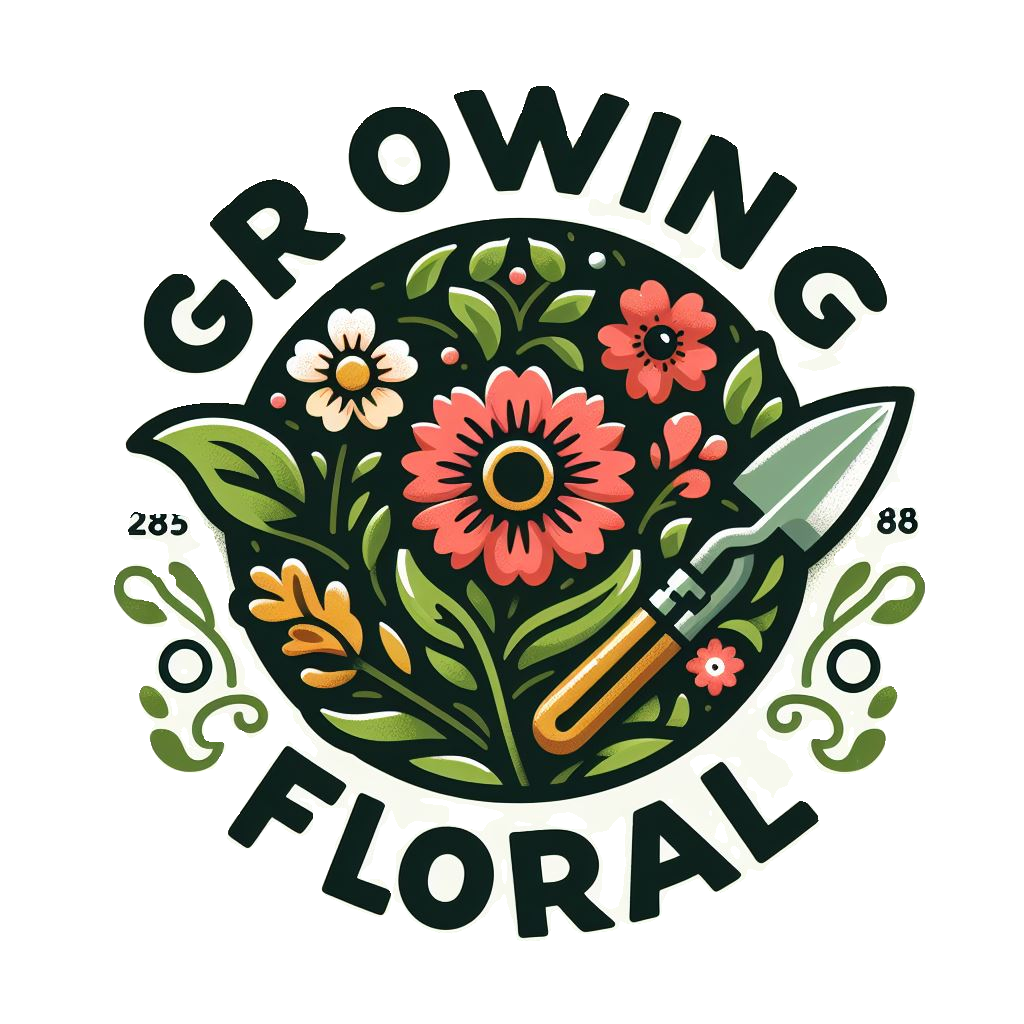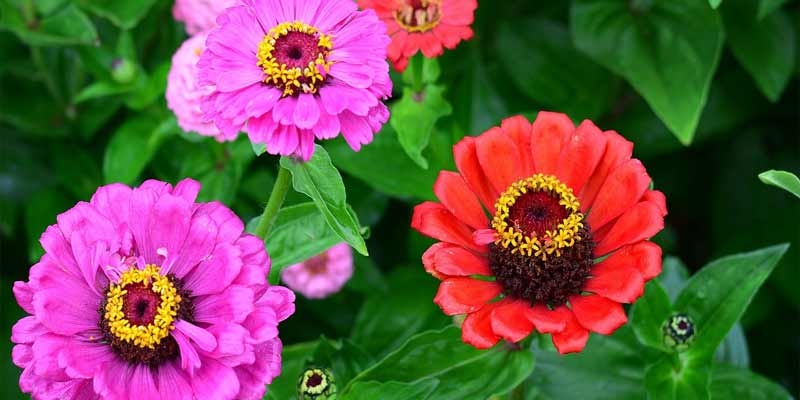Gardeners treasure zinnias for their vibrant hues and prolific blooms, as they have an exceptional ability to illuminate any space. Although people traditionally cultivate them in garden beds; zinnias also flourish in containers – thereby adding versatility and charm to balconies, patios, and even small gardens.
In this comprehensive guide: we delve into the art of pot-based zinnia cultivation—offering insights and tips for crafting stunning displays of color within limited spaces.
The Appeal of Growing Zinnias in Pots
Ideal candidates for container gardening are zinnias for their adaptability and ease of care render them especially suitable. Should you possess limited outdoor space or merely crave a vibrant touch on your patio/balcony, opting to cultivate zinnias in pots confers manifold benefits; among these are:
1. Space Efficiency
Gardeners harness the potential of containers for cultivating zinnias in limited spaces; their adaptability renders them ideal for balconies, terraces, and petite outdoor areas. Flourishing in a spectrum of container sizes ranging from tiny pots to expansive planters, zinnias offer design flexibility and arrangement versatility.
2. Versatility
Versatility characterizes container-grown zinnias: they readily adapt to changing preferences or seasonal displays. This portability, an asset in itself allows for the ideal addition of outdoor living spaces with seasonal accents; moreover, it facilitates a smooth transition from indoor placement during colder months to an exterior environment as temperatures rise.
3. Pest and Disease Control
The act of growing zinnias in pots mitigates the risk of pest infestations and soil-borne diseases. Through container gardening, one gains superior control over crucial factors such as soil quality, drainage, and plant health; subsequently decreasing common issues associated with traditional gardening methods.
Choosing the Right Containers
When you choose containers for your potted zinnias, successful zinnia cultivation requires an essential selection of suitable pots.
Consider the following factors when choosing containers for your zinnias:
1. Size and Depth
Choose containers with ample space for zinnia roots to spread and grow, emphasizing their depth. Opt for pots that offer a minimum depth of 8-12 inches (20-30 cm); this will promote healthy root development and mitigate waterlogging issues.
2. Drainage Holes
Ensure containers possess sufficient drainage holes to avoid water pooling at the bottom and initiating root rot; zinnias, known for their preference towards well-drained soil, exhibit susceptibility to root diseases under waterlogged conditions – thus emphasizing the necessity of good drainage.
3. Material
Choose containers crafted from robust materials—plastic, ceramic, or terracotta; pay heed to the aesthetic appeal and weight–while also considering durability. Factors like sun exposure and weather conditions should be kept in mind when evaluating their resilience.
4. Mobility
Opt for containers equipped with built-in handles or wheels; such selections facilitate effortless mobility and transportation. Portable containers due to their convenience in rearrangement and placement prove especially helpful within areas featuring varying sunlight and microclimates.
Growing Zinnias in Pots: A Step-by-Step Guide
Follow these steps to successfully grow zinnias in pots:
1. Selecting Zinnia Varieties
Choose zinnia varieties tailored for container gardening, specifically compact or dwarf cultivars that thrive in limited spaces; “Profusion,” “Zahara,” and “Thumbelina” are among the popular options ideal for containers.
2. Preparing Potting Mix
Utilize a high-quality, container-gardening-specific potting mix. To confirm its attributes, it must possess excellent drainage; be lightweight yet supportive of healthy root growth through organic enrichment; and facilitate moisture retention for optimal plant development.
3. Planting Zinnia Seeds or Transplants
Plant Zinnia seeds directly into the containers or transplant seedlings from nursery pots. Ensure you adhere to the recommended spacing for planting seeds or seedlings, typically this is around 6 to 12 inches (15-30 cm) apart; however, it may vary depending on factors such as variety and container size.
4. Watering and Maintenance
After planting, ensure you thoroughly water the zinnias; throughout the growing season, maintain a consistent level of soil moisture. When the top inch of soil in containers feels dry to the touch – take action by watering—however, be cautious not to overwater or let the soil completely dry out.
5. Fertilization
Fertilize container-grown zinnias regularly with a balanced, water-soluble fertilizer to promote healthy growth and flowering; adhere to the manufacturer’s recommendations for application rates and frequency, but make adjustments based on plant response as well as soil conditions.
6. Sunlight Requirements
Position your zinnia containers on south-facing balconies, patios, or windowsills to guarantee at least 6 – 8 hours of full sunlight exposure daily; this will stimulate robust growth and promote flowering.
7. Deadheading and Pruning
Regularly remove spent flowers through deadheading to promote continuous blooming; this method also averts seed formation. To sustain compact growth, enhance air circulation around the plants, and prevent legginess or overcrowding – prune the stems as necessary.
8. Pest and Disease Management
Monitor container-grown zinnias for pests or diseases, such as aphids, powdery mildew, and spider mites. Use organic pest control methods like insecticidal soaps or neem oil to manage these threats and preserve plant health.
Conclusion
Selecting an appropriate container, preparing the soil diligently, and providing necessary care are integral steps in cultivating vibrant zinnias, a visually rewarding experience for any outdoor space. Gardeners can foster lush displays of these flowers on balconies, patios, and even small gardens throughout their growing seasons.



Leave a Reply